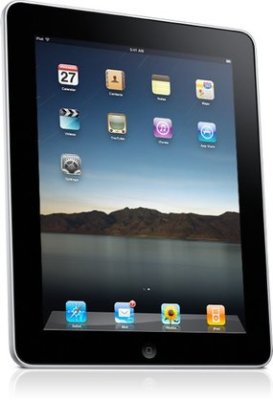Apple announced a new iPad at its event on Tuesday, one that wasn’t mini, and one that wasn’t presented as a a stop-gap or mid-cycle replacement. The fourth generation iPad, as it’s called, was pitched as a full-fledged successor to the “new iPad” introduced in March 2012, which has some people understandably confused and frustrated. So why the change, why now, and what does it mean for Apple’s iPad upgrade cycle going forward?
Here’s the main issue that is likely causing some iPad 3 owners a lot of grief: The iPad has, until now, enjoyed a fairly regular upgrade rhythm, with new models coming out once annually. That means you can feel relatively secure when you buy an iPad that it will be current, or “best” for at least another 12 months. Knowing that feels good. It provides a sense of justification to big ticket purchases, a relief that you’re good for another year.
When Apple updates products earlier than they usually do, as they did with this iPad, that complicates things. Even though there’s no actual agreement that Apple will keep things stable for at least another calendar year, people feel a tacit contract has been breached.
Of course, when you’re talking tech, obsolescence is the one certainty. No matter what users may feel is guaranteed, the truth is that the only guarantee is that they’ll feel outdated at some point or another. Changing the iPad now may bug some customers, but it also helps Apple get all its devices onboard the lightning train, and expand LTE coverage to more worldwide markets, both of which have real, long-term bottom line benefits.
This iPad update isn’t even a particularly bad case. Based on my brief hands-on experience with it, it feels functionally the same as the iPad it replaces: I didn’t even think it merited a hands-on post, since essentially I’d just have one sentence to say about the Lightning dock connector. Will the A6X eventually become a factor, as developers create more processor-intensive apps and games for it? Maybe, but even that’s still a question mark.
So while I, like others, am actually personally feeling the pain of having an old device I thought would be current for at least another few months, I suspect we’ll all get over it pretty quickly. And then the more exciting question takes center stage: How does Apple update the iPad going forward?
Does it stick to a new October annual refresh, in time for the holidays? That seems unlikely, since it bunches up Apple’s top sellers in pretty close proximity on the fiscal calendar, and could make for a revenue lull during the summer months. So does it instead release another update this spring, with more dramatic changes? That’s certainly a possibility. Or we could see the iPad become the new marquee device for WWDC keynotes, taking the iPhone’s place and providing an early summer spike in consumer excitement.
In the end, this adds a bit of the unknown back into Apple’s relatively predictable routine, and that’s more interesting than sulking over buyer’s remorse for a product that’s still near enough the top of the tablet game.
